 Upcoming Masterclass | Build an Army of Brand Evangelists using Training & Development | November 20th, 8:30 AM PDT | 11:30 AM EDT | 10:00 PM IST
Upcoming Masterclass | Build an Army of Brand Evangelists using Training & Development | November 20th, 8:30 AM PDT | 11:30 AM EDT | 10:00 PM IST
Step into the next era of digital learning with solutions that combine intelligent content design and next-gen technologies.


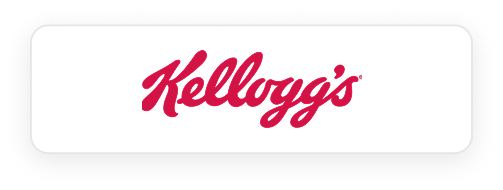

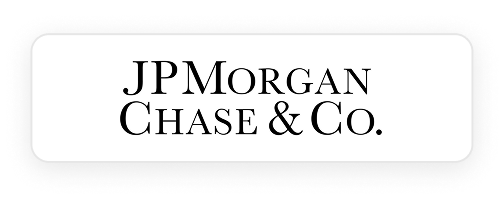



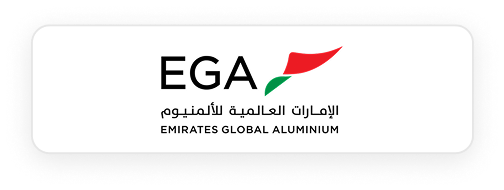
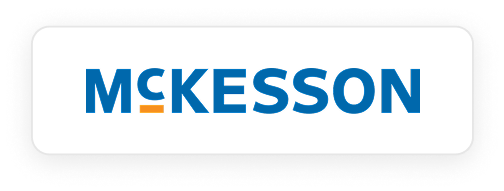



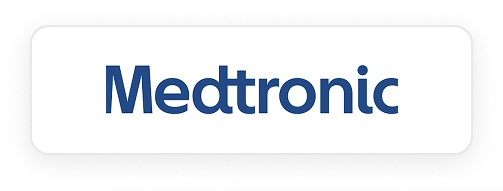
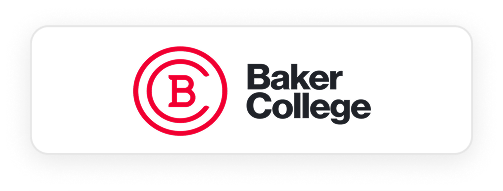




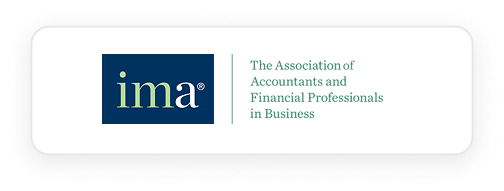

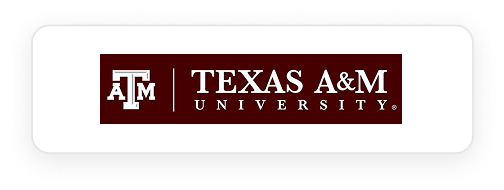

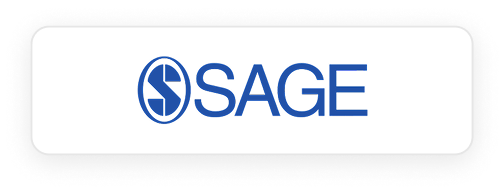
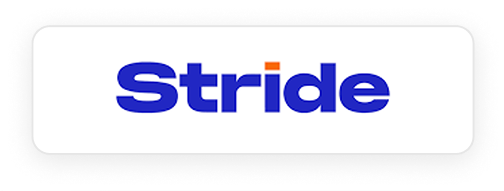
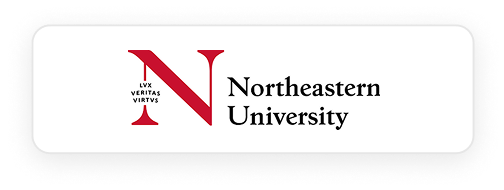
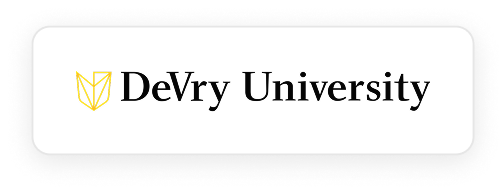
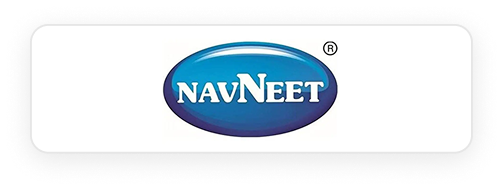



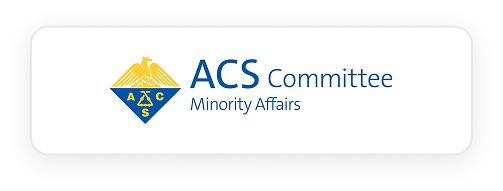



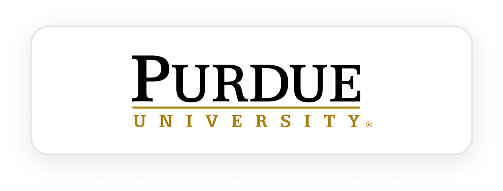

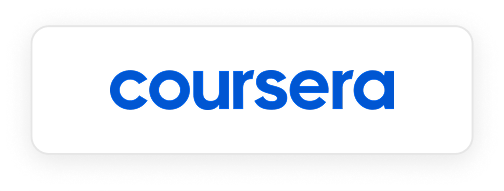
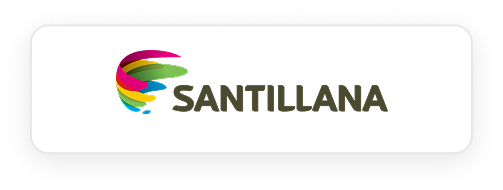






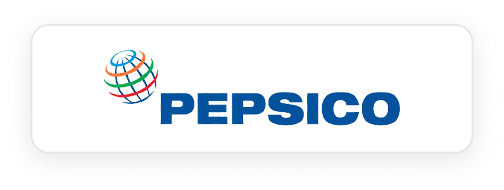
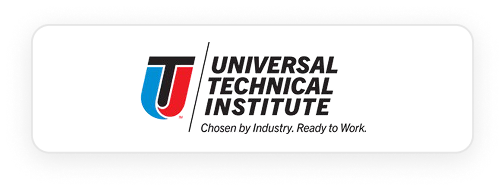
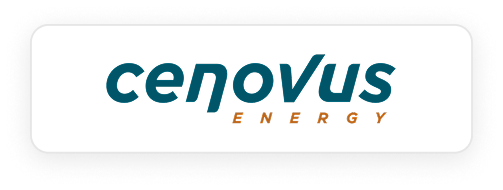

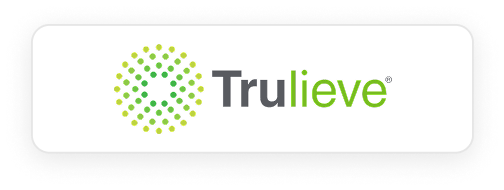
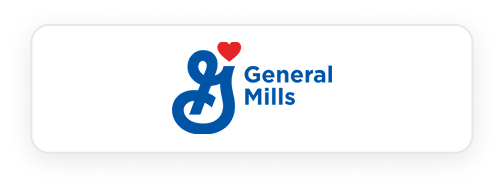




Outdated content affects 74% of employees and 58% of students.

Only 26% organizations succeed in skill-building; 40% of educators are tech-ready.

65% of learners feel that their skills are underutilized in their current role.

Defining the future as a world-class leader in transformative content and data solutions.
Publishing
Solutions
From prepress to interactive content, we redefine every stage of the publishing journey.
Accessibility
Solutions
We simplify compliance so you can create experiences that work for everyone.
K12
Solutions
We simplify the journey from curriculum to classroom with holistic K-12 education services.
Higher
Education
Scalable solutions for higher ed institutions navigating digital transformation.
Workforce
Learning
Invest in growth with training that boosts skills, retention, and engagement.
Technology
Solutions
Future-ready tools to accelerate your digital journey, without the friction.
AI Data
Services
We handle the heavy lifting of data prep, so your AI can run smarter and safer.
Cloud
Solutions
Reduce costs, boost security, and unlock potential with our cloud-first approach.
Years in the
industry
Countries
served
Team of experts
collaborating
Years of collaborative
experience
Design & business global partnerships
Deliver impactful learning experiences with innovative content design, immersive media, and flexible formats built for higher ed learners.


Transform learning with smart educational technology that adapts to individual needs, creates interactive classroom experiences, and helps students achieve their full potential.
Unlock the power of targeted outreach and intelligent automated workflows to drive consistent student acquisition success and sustainable enrollment growth.

We create bespoke learning content aligned to your organization’s goals, roles, and workflows. From microlearning to full-length modules, our custom content enhances employee engagement, accelerates upskilling, and delivers measurable impact—crafted with precision for your people.
Break language barriers and boost learning effectiveness with content localized for your global workforce. Our expert linguists and cultural consultants ensure your training is not only translated, but transformed to resonate across regions and roles.
![]() Learning Consultancy Services
Learning Consultancy Services
Get expert guidance to shape your learning roadmap, optimize training investments, and align L&D efforts with business priorities. Our consultants bring deep domain knowledge to help you build scalable, effective learning ecosystems.
![]() Simulated Learning Experiences
Simulated Learning Experiences
Empower employees through immersive, scenario-based simulations that mimic real-world tasks. Our interactive simulations boost retention, confidence, and performance—ideal for onboarding, compliance, and skill-based training.
![]() Content Conversion Services
Content Conversion Services
Transform outdated or static content into engaging, multi-device compatible formats. Whether it’s Flash to HTML5 or PDF to interactive modules, we help you future-proof your content without losing its core value.
We design age-appropriate, curriculum-aligned digital courses that inspire curiosity and enhance comprehension across all grade levels.
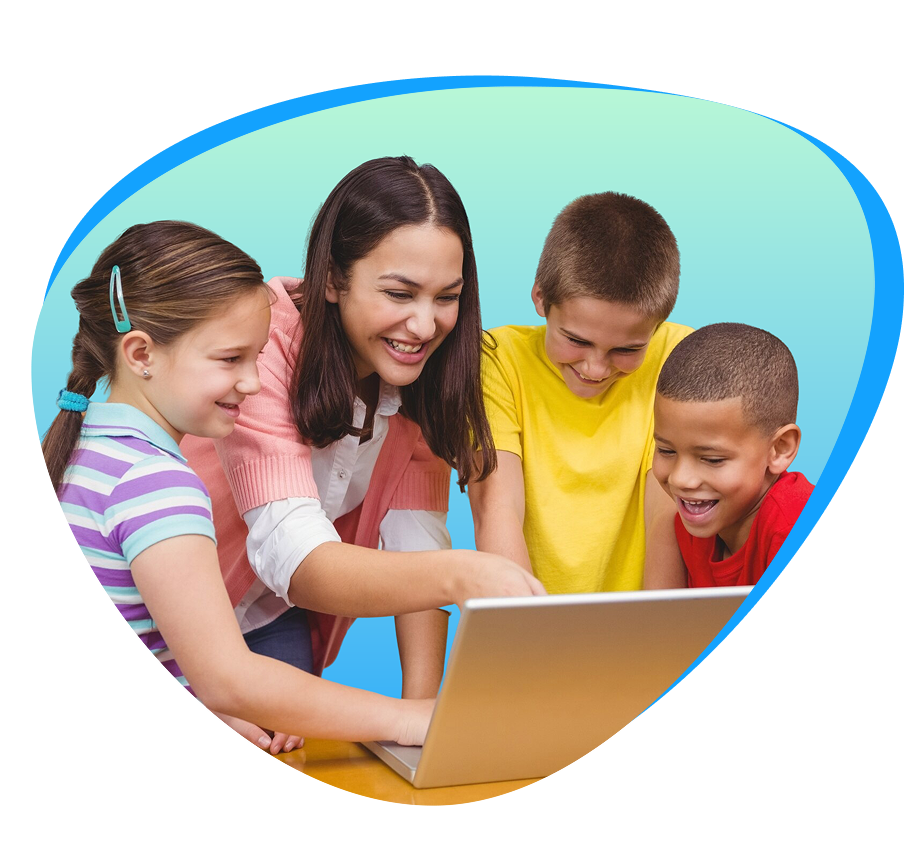

Our faculty support solutions provide K–12 educators with the tools, resources, and guidance needed to deliver exceptional learning experiences.
We create dynamic, interactive learning environments that captivate young learners and deepen understanding.
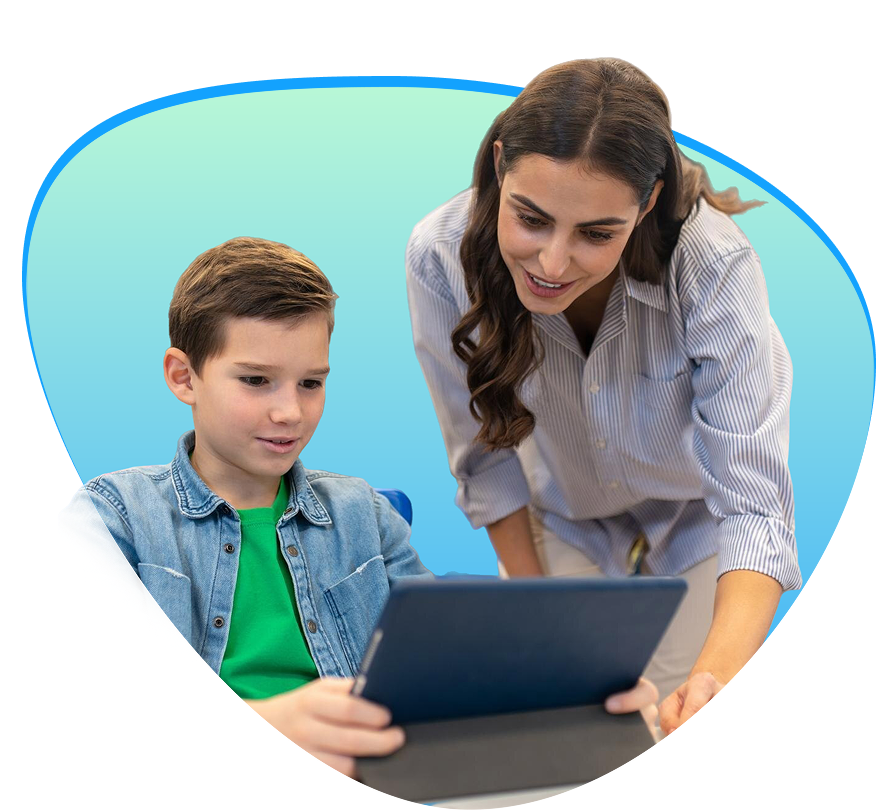

Our DEI and Accessibility services ensure that every learner feels represented, respected, and supported.
We craft intuitive and engaging user experiences that drive user satisfaction and retention. Our UX services combine research, design, and testing to reduce friction and deliver high-impact journeys tailored to your audience.
 Moodle LMS
Moodle LMS Implement Moodle’s open-source LMS to create interactive and engaging learning environments. From content delivery to performance tracking, our solutions support personalized learning across education and corporate training needs.
Access a ready pool of pre-vetted experts with the precise skills needed to deliver value from day one. Our TaaS model offers flexible, scalable staffing tailored to your digital transformation goals.
From full-cycle software development to tailored system integrations, we build solutions that align with your business objectives. Our engineering teams blend agility, innovation, and precision to solve complex problems.
Unlock the full potential of your data with our end-to-end analytics services. From data warehousing to visualization, we empower businesses to make informed decisions with accurate, timely insights.
Deliver instant, conversational experiences across platforms with our chatbot solutions. Designed for customer service, lead generation, and internal support, our bots are tailored, scalable, and multilingual.
![]() AI/ML Services
AI/ML Services
From predictive analytics to custom machine learning models, our AI/ML services help businesses automate, optimize, and innovate. We support end-to-end development—from data preparation to model deployment.
Professional data services that enhance AI performance and drive results.
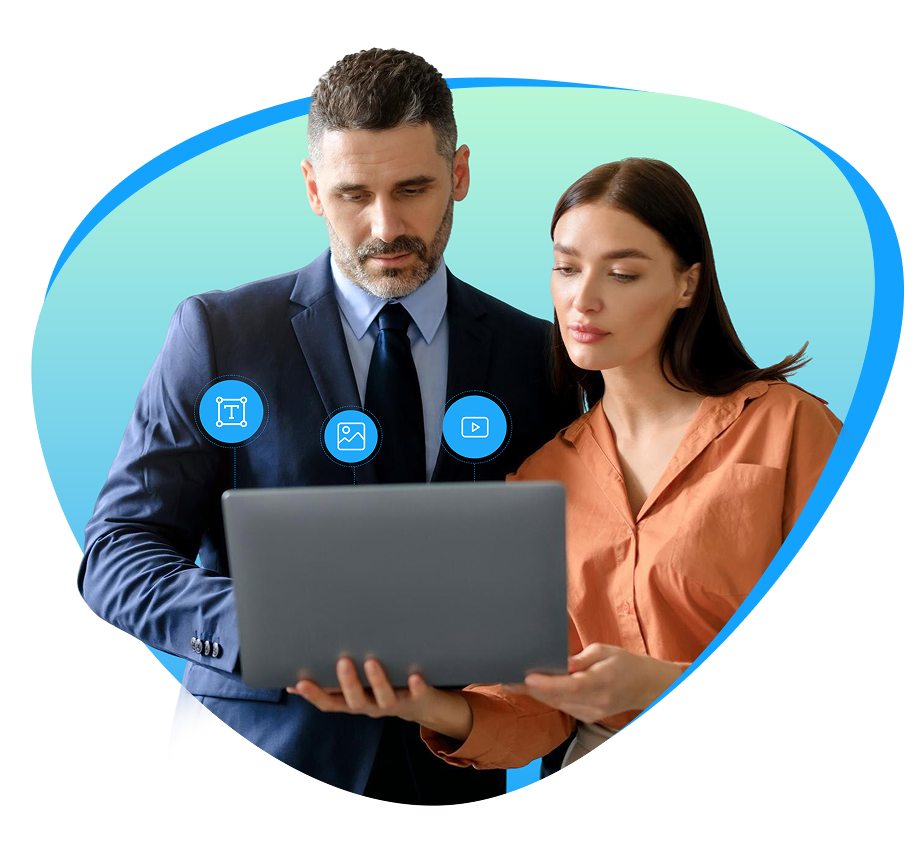
Accelerate your AI/ML pipeline with high-quality, human-verified data annotation across text, image, audio, and video.
Power AI models with clean, structured, and scalable datasets—curated, validated, and delivered for peak performance.
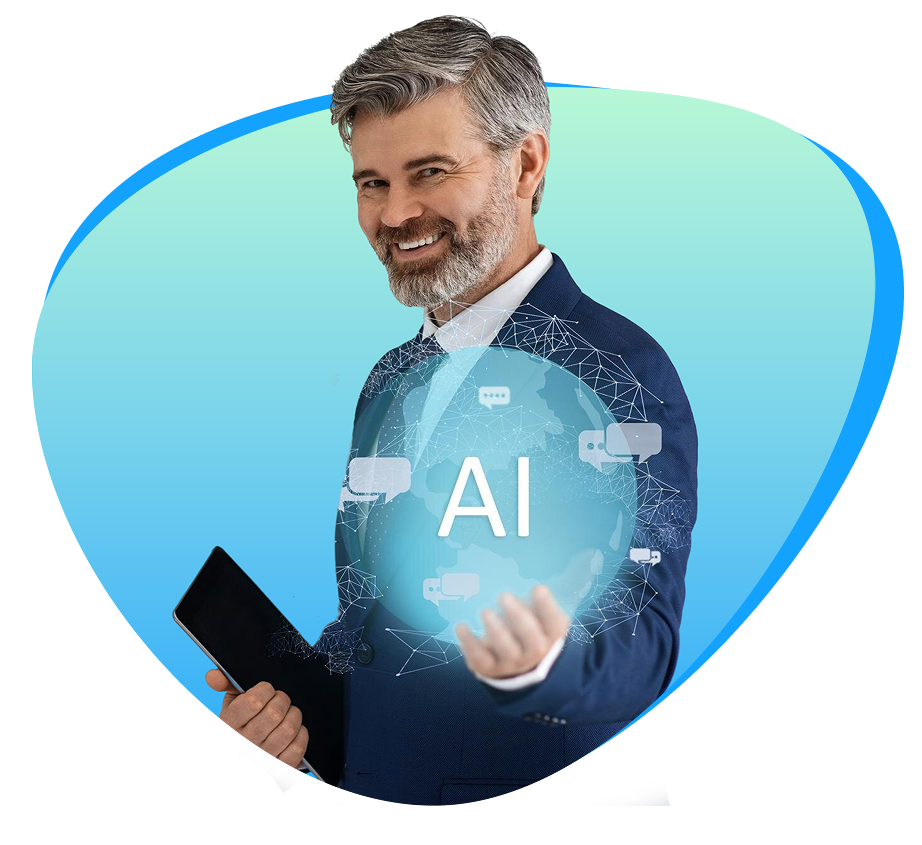

Tap into a global network of Subject Matter Experts to enrich content, validate training, and ensure industry relevance at scale.
Break barriers with solutions built for true inclusivity.
Transform your digital presence into an inclusive experience with our comprehensive accessibility solutions.


Systematically uncover accessibility barriers throughout your digital presence with our comprehensive scanning tool.
Your content, expertly edited, designed, and distributed.
From copyediting to page layout and final proofing, we make sure your content is clean, compliant, and compelling.


Breathe new life into your content with interactive formats, multimedia enhancements, and platform-ready delivery.
Explore how our content solutions boost learning outcomes.

We provide end-to-end cloud operations, monitoring, and optimization to ensure peak performance and continuous improvement of your cloud environment.

From architecture design to deployment, we create robust cloud infrastructure tailored to your workload needs—ensuring scalability, flexibility, and operational efficiency.





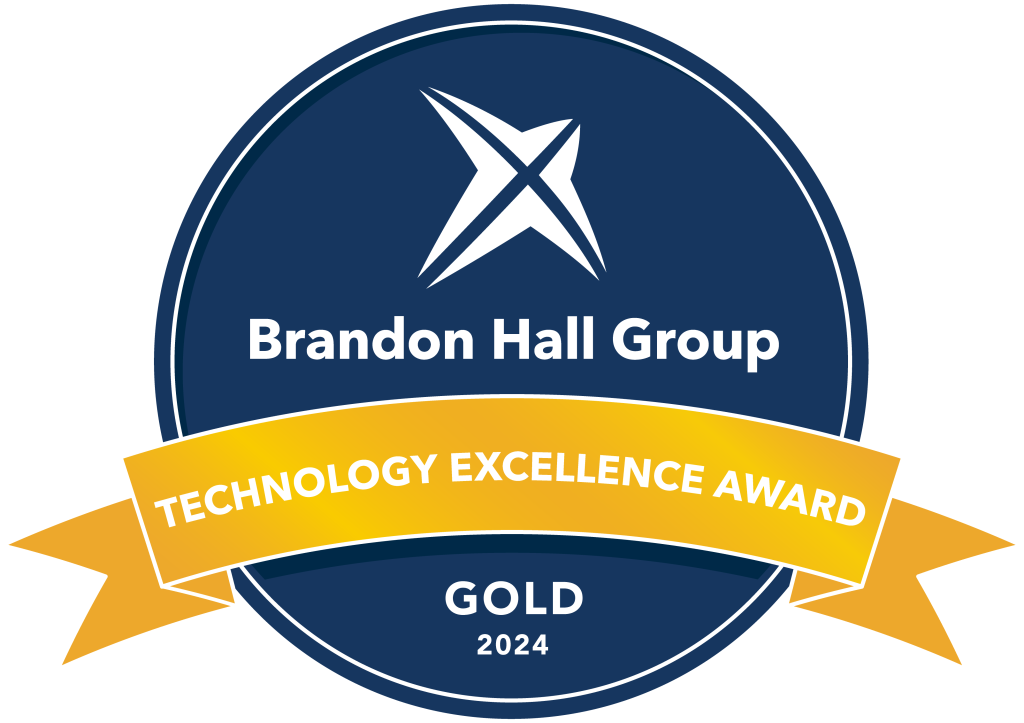


Let’s explore how we can solve your challenges together.

L&D Heads
Smarter learning with content curation, learner insights, and scalable digital training for hybrid teams.

Provosts & Deans
Drive academic success with digital learning tools, curriculum insights, and student outcome analytics.

CIOs / CTOs
Strengthen infrastructure with secure platforms, automation, and data intelligence.

Oil & Gas
Empower your workforce with safety-first, compliance-driven training built for high-risk, high-impact environments.

Medical Devices
Deliver precision training that ensures product knowledge, regulatory compliance, and consistent patient safety standards.

Banking & Insurance
Equip teams with up-to-date financial knowledge, risk management skills, and regulatory insights through engaging digital learning.
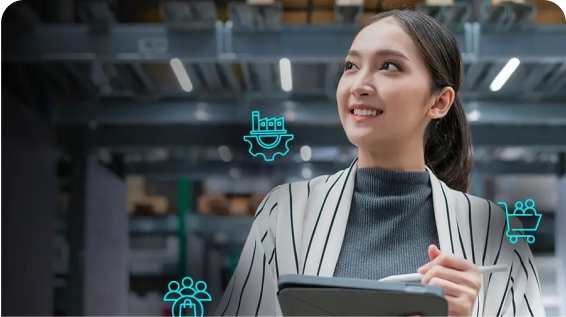
FMCG
Accelerate frontline performance with agile, scalable learning that keeps pace with fast-moving markets and consumer demands..

Grace Capizola
Vice President (Learning & Development)

Hurix’s workforce learning solutions has been a game-changer for our organization. The customized training programs are not only engaging but also align perfectly with our business objectives. The platform’s adaptability ensures our teams stay ahead with the latest industry skills, leading to measurable performance improvements. A true strategic partner in workforce development!

Eugene Hérault
Senior Learning Advisor

As a learning advisor, I’ve worked with multiple training solutions, but this one stands out for its flexibility and effectiveness. The blend of innovative learning methodologies, interactive content, and data-driven insights has empowered our employees to upskill efficiently. The impact on employee engagement and retention has been phenomenal!

David Martinez
Chief Human Resources Officer


Dr. Michael Reynolds
Provost

Hurix’s Higher Education & K12 Solutions have played a key role in elevating our digital learning strategy. Their course development and instructional design expertise has greatly enhanced student engagement and faculty adoption.

Sarah Mitchell
Chief Academic Officer


David Collins
Director of Online Learning


Dr. Michael Townsend
Chief Academic Officer


Victoria Chen
Director of Educational Technology


David Martinez
Chief Human Resources Officer


Dr. Jonathan Wells
Chief Digital Officer


Emily Dawson
Director of Learning Technologies


Mark Robinson
Vice President of IT & Innovation


Elena Wilford
Chief Digital Officer


Mike Fields
Vice President of IT


Mariah Kensington
Director of UX & Compliance


Ethan Calderon
Director of Publishing Operations


Lena Harrington
Senior Editorial Manager


Owen Sinclair
Head of Digital Publishing


David Mercer
Chief Technology Officer


Annah Chen
VP of Artificial Intelligence


Hunter Briggs
EVP of Product Development


John Carter
Vice President (IT)

Partnering with Hurix Digital has significantly improved our cloud infrastructure. Their tailored solutions have enhanced system performance, strengthened security, and provided the agility we needed to scale efficiently. Their proactive approach and industry expertise make them a trusted ally in our digital evolution.

Annie Reynolds
Chief Information Officer (CIO)

Hurix Digital’s cloud solutions have been a game-changer for our organization. Their expertise in cloud migration and security has streamlined our operations, improved scalability, and enhanced data security. With their support, we’ve optimized costs while ensuring seamless digital transformation. A truly strategic partner in our cloud journey!

Michael Brown
Chief Technology Officer (CTO)
